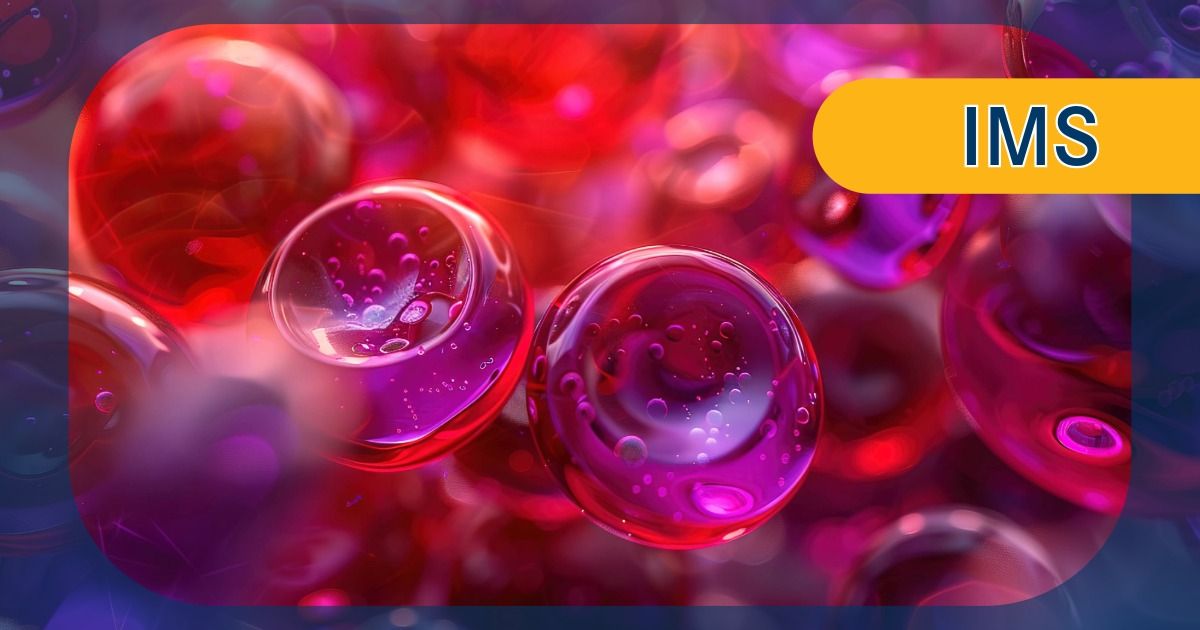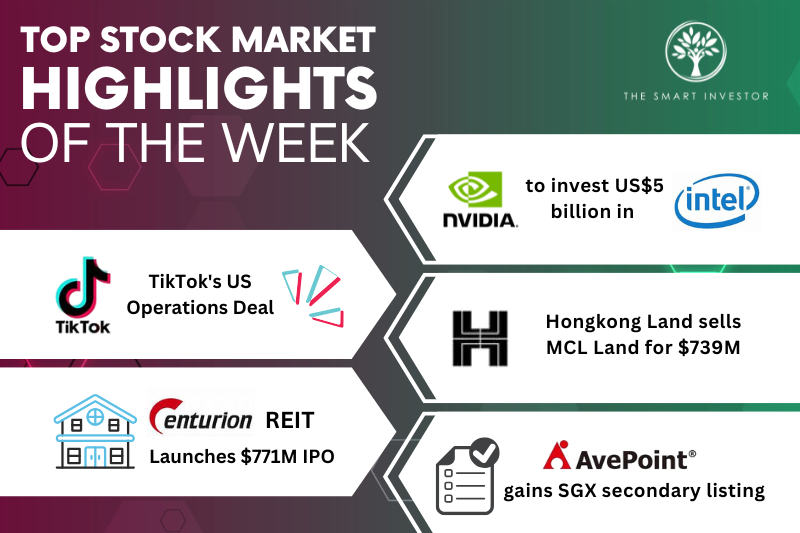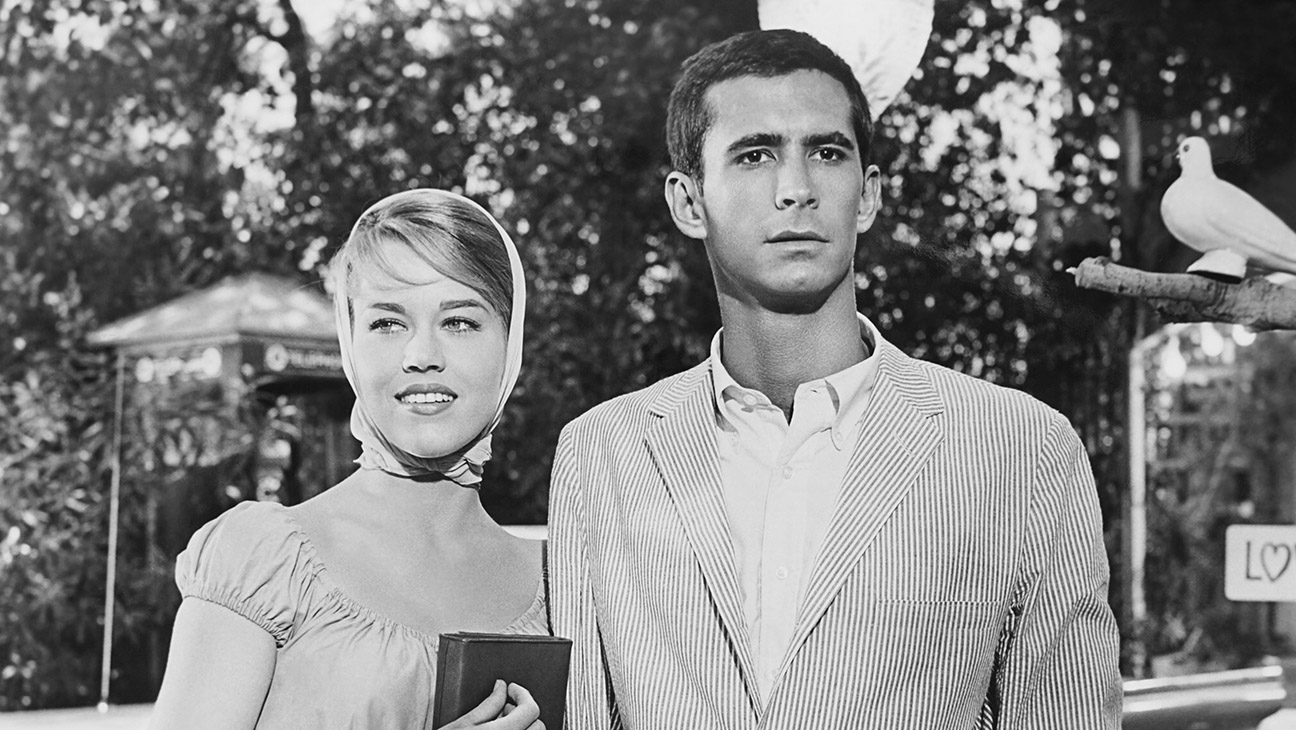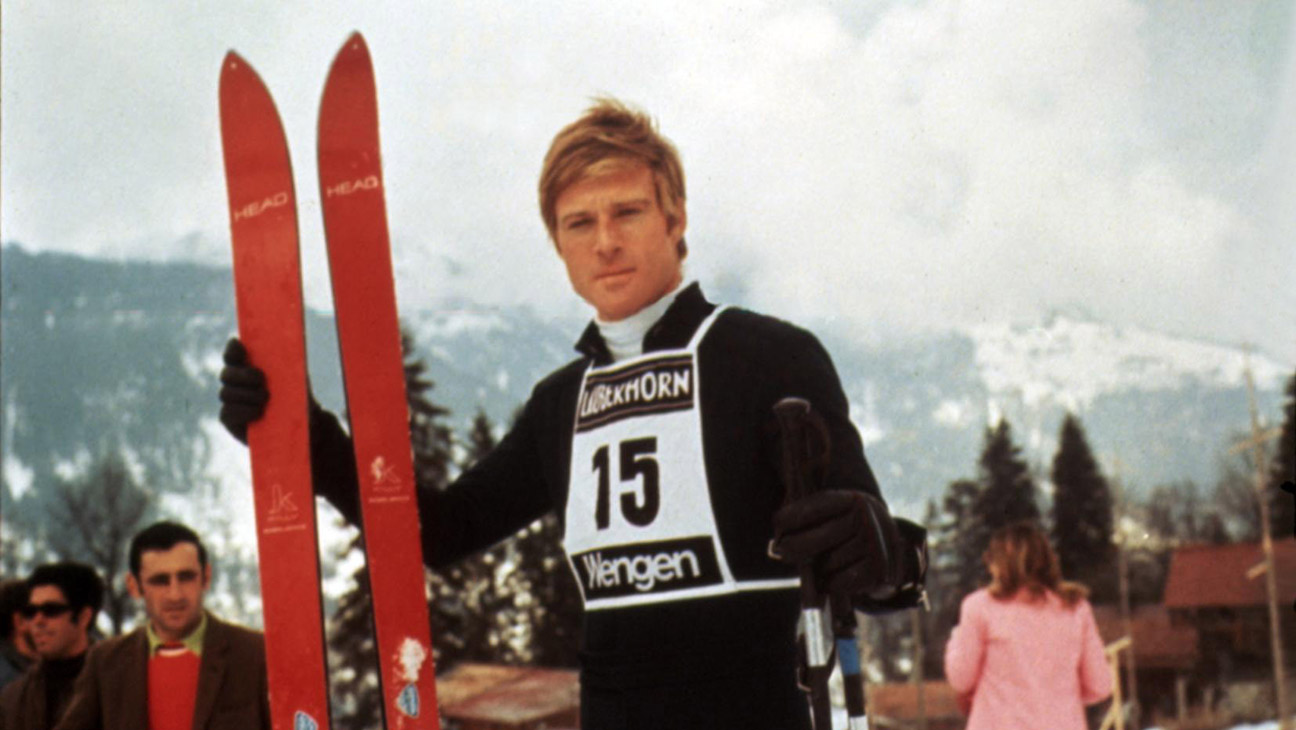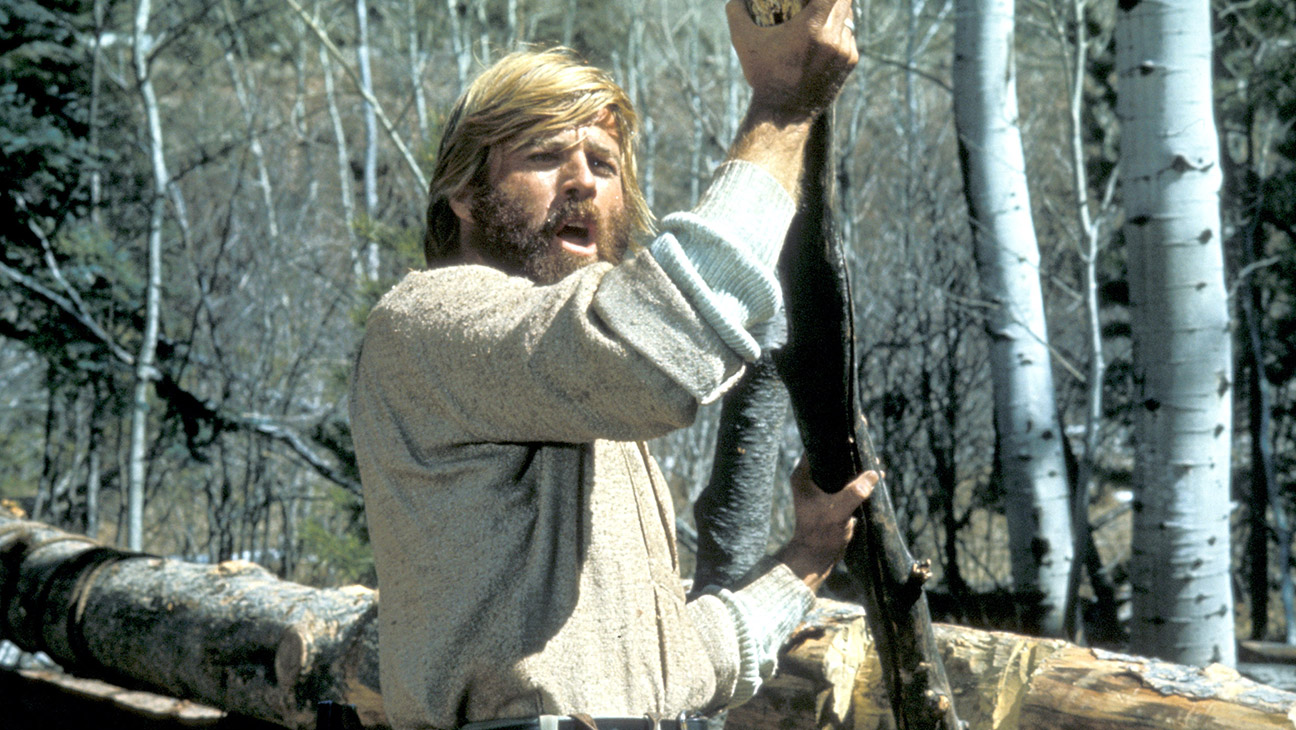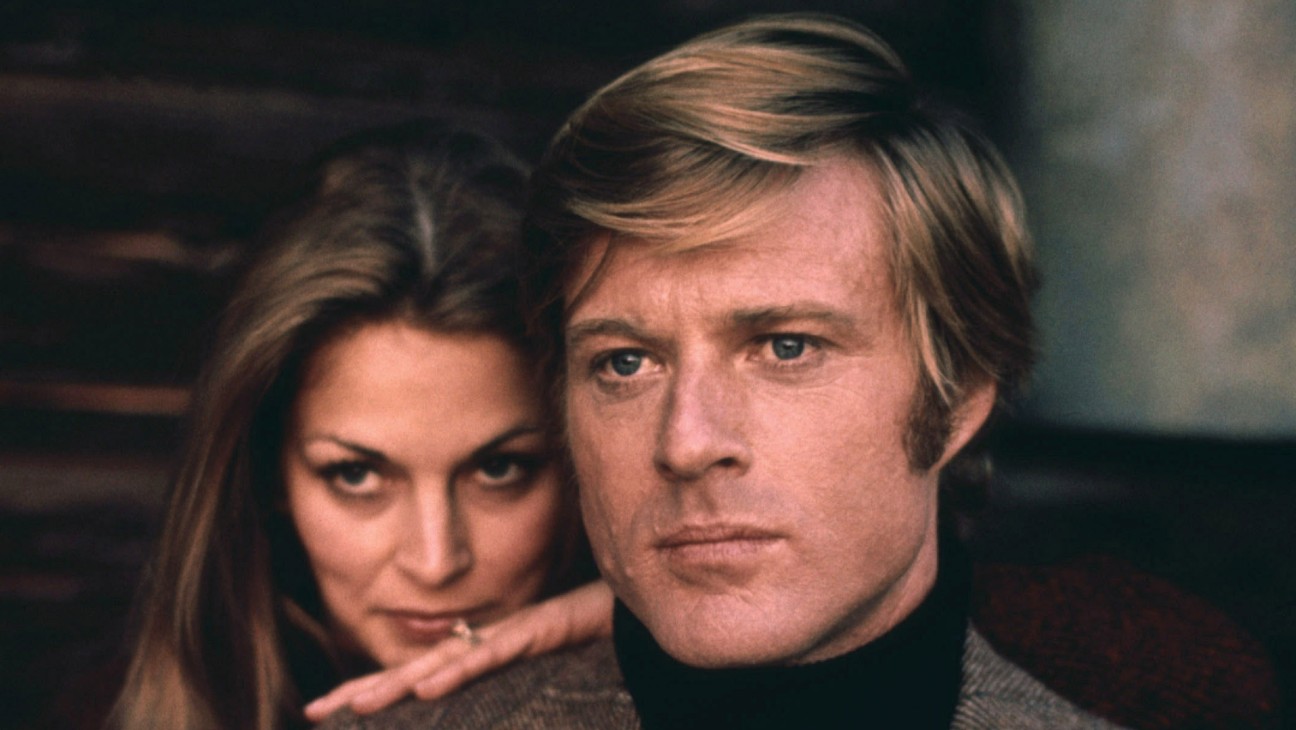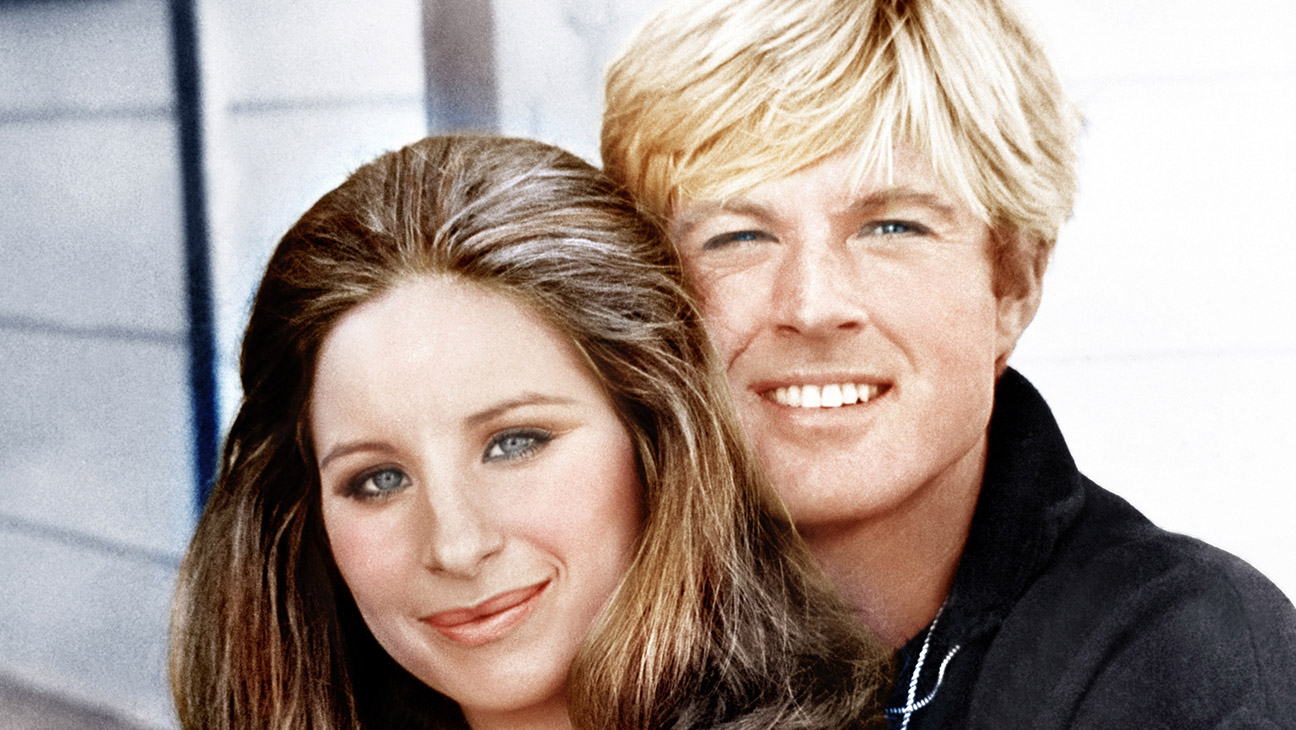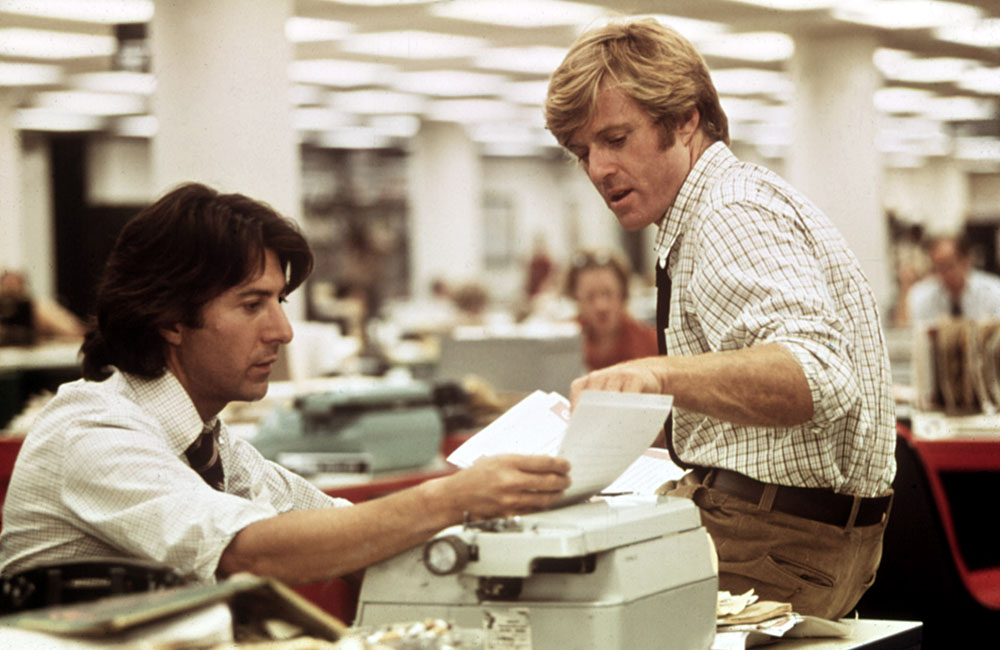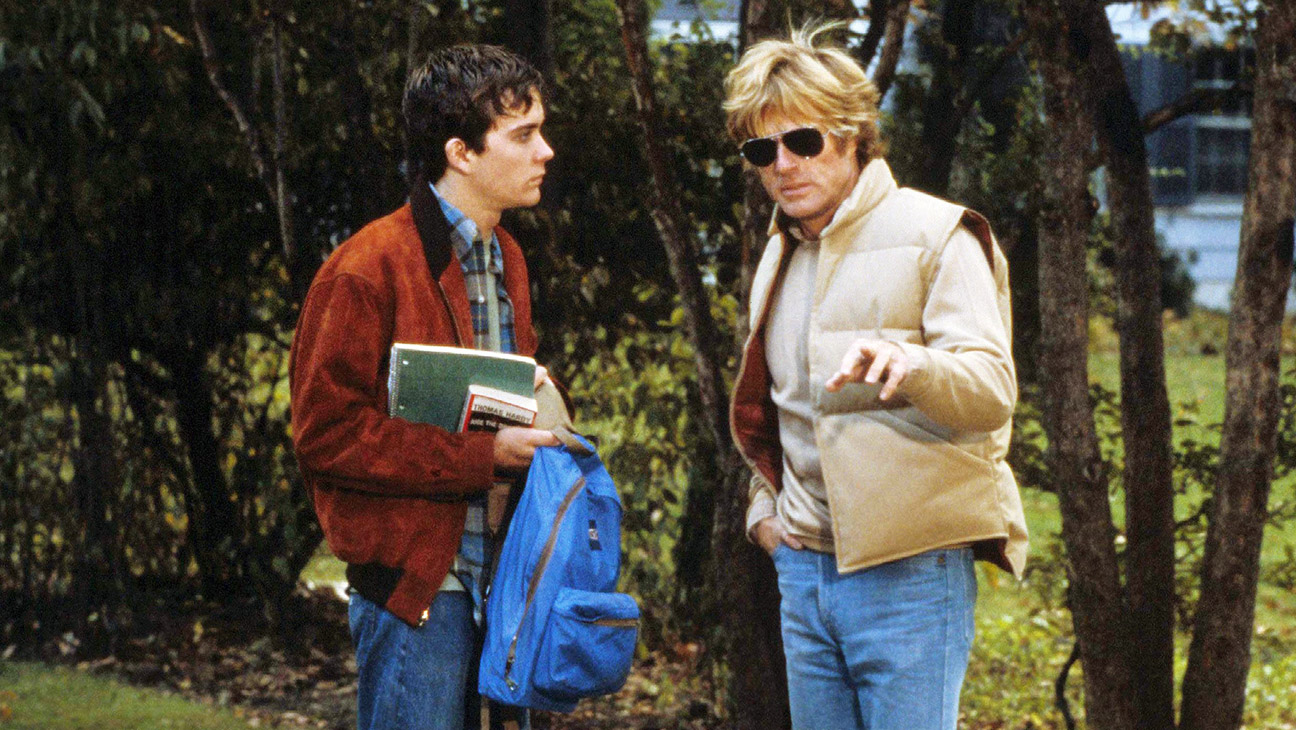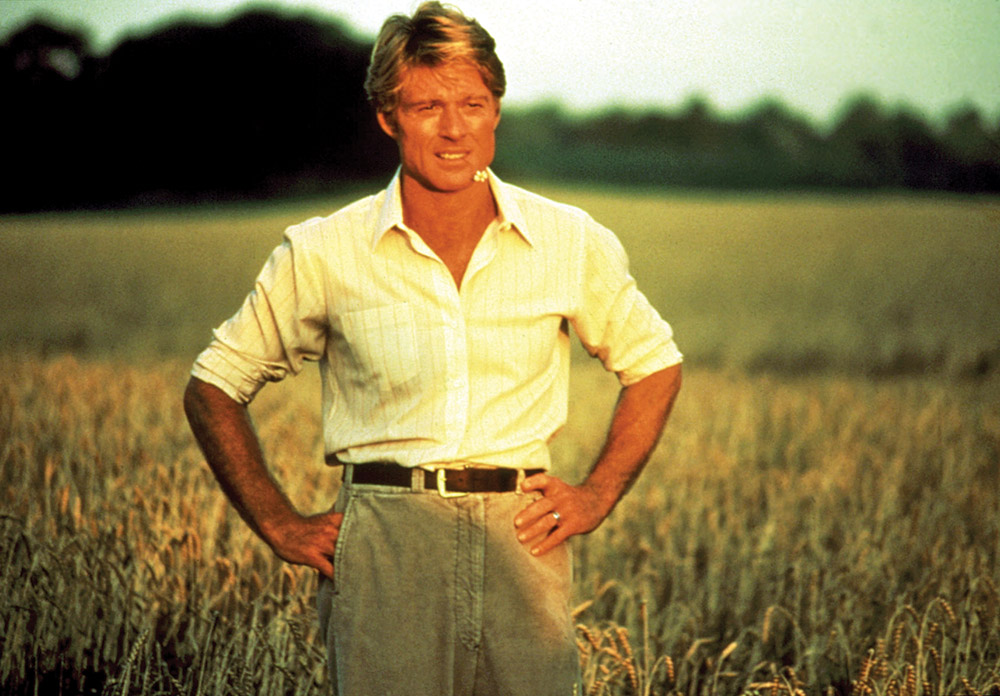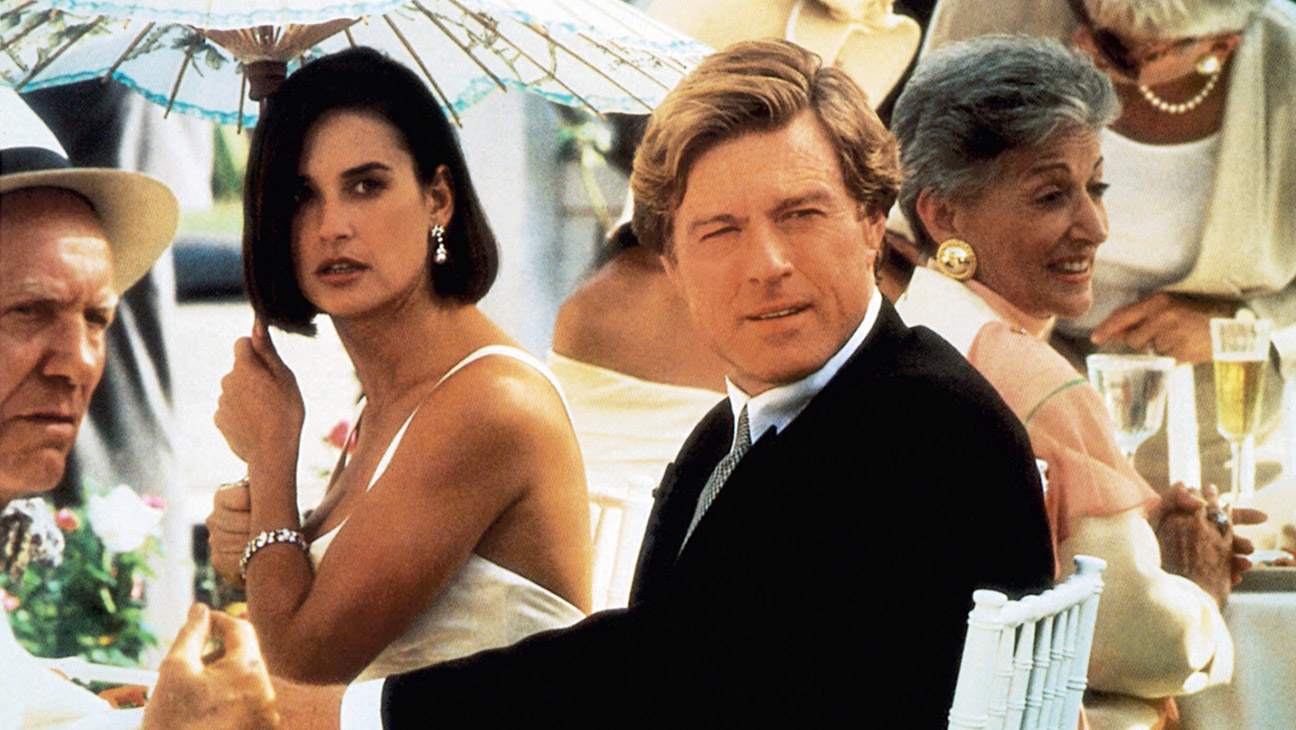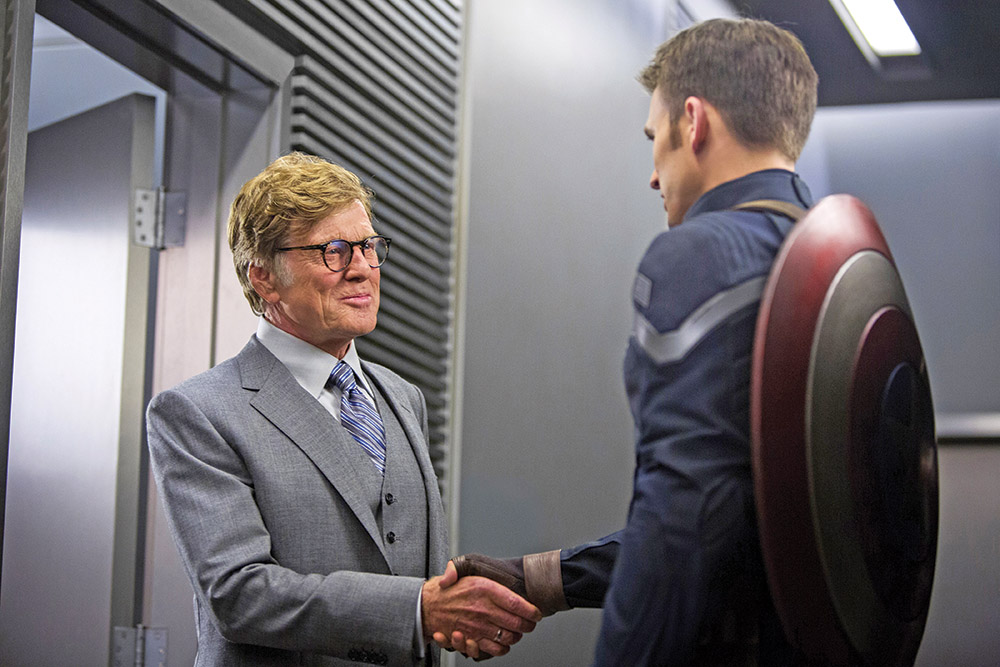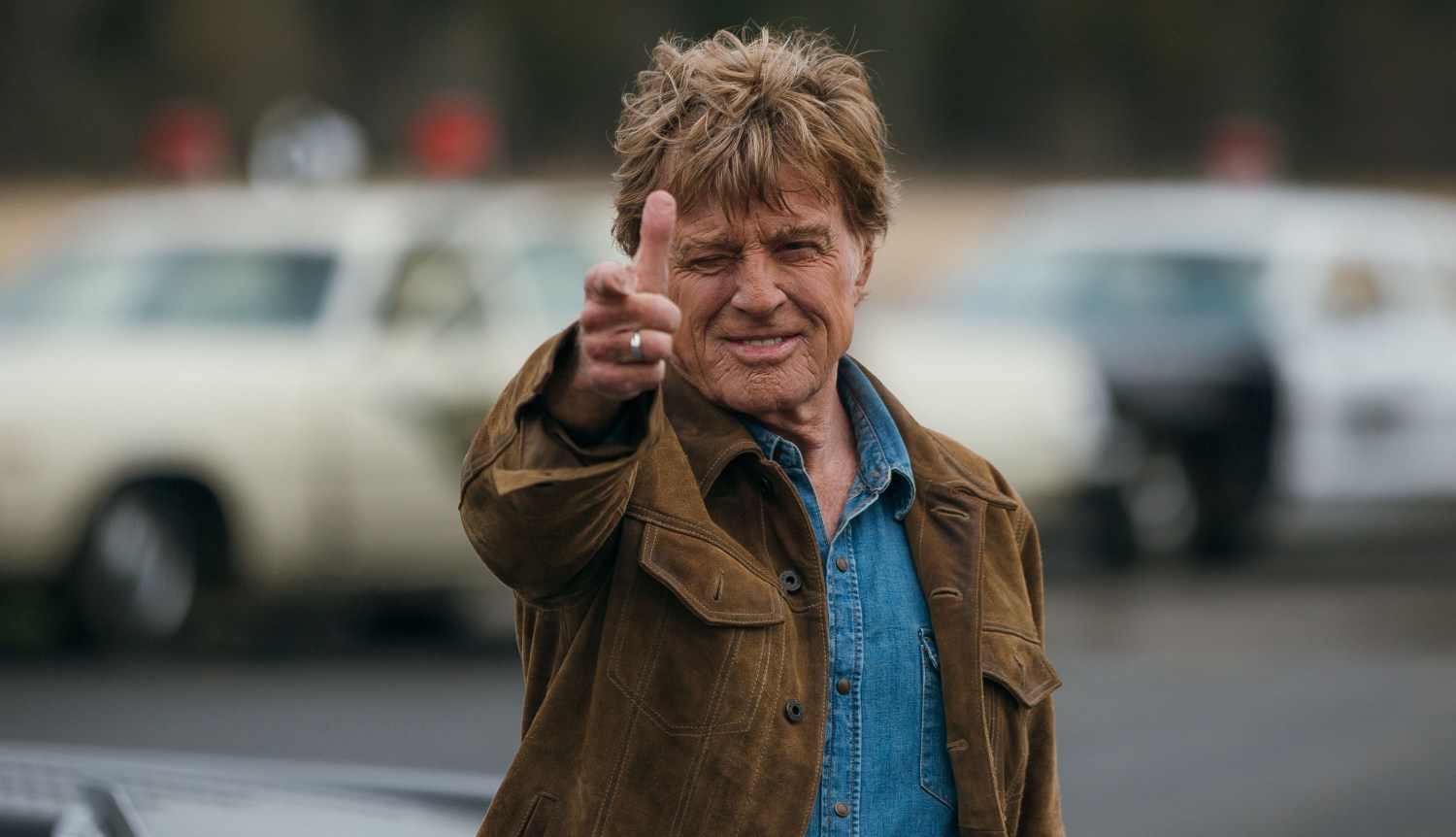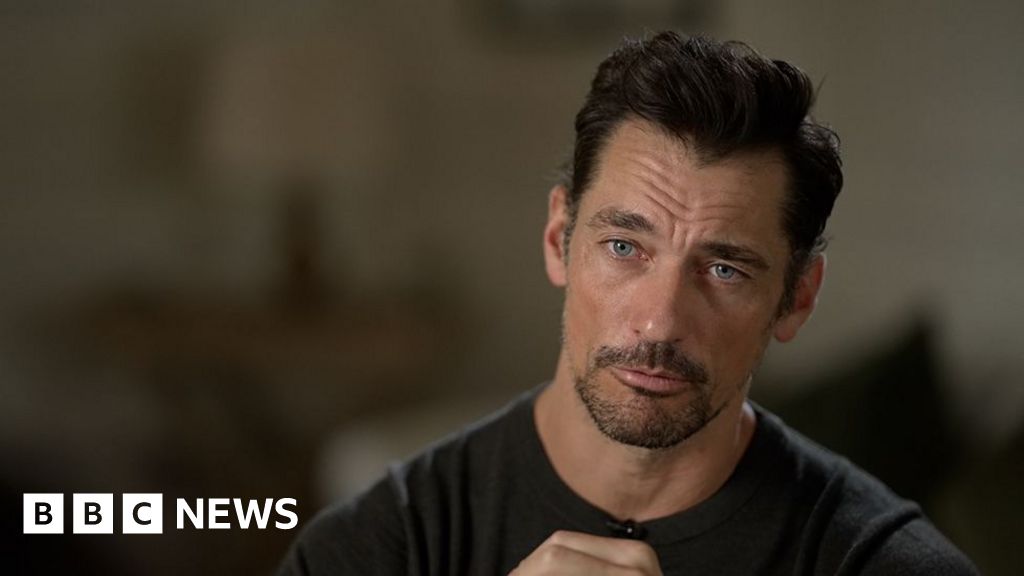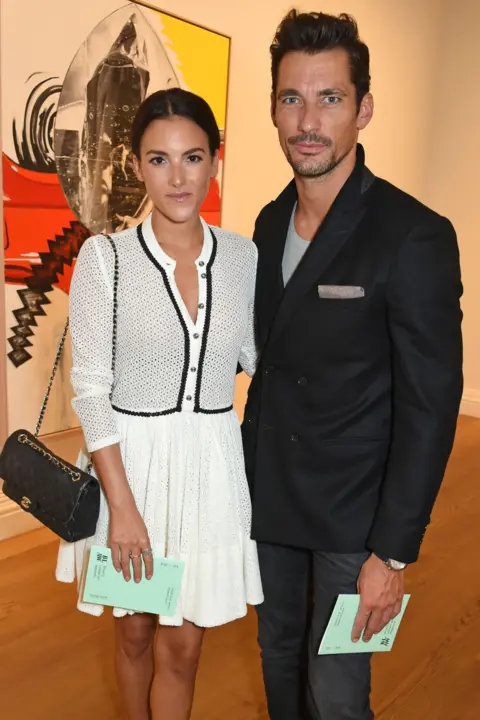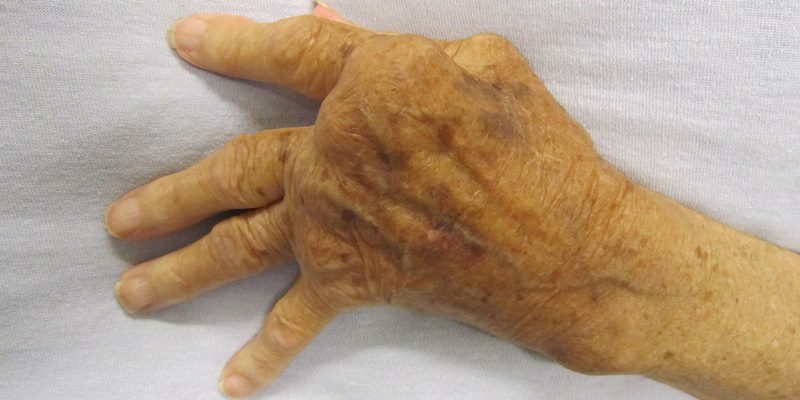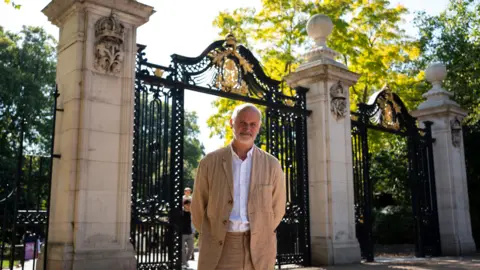Parasitic, egg-eating worms might sound like the stuff of nightmares, but they’re simply a fact of life for blue crabs in the Chesapeake Bay. Interestingly, a new study published in the journal PLOS One by researchers at William & Mary’s Batten School & VIMS suggests these worms could serve as a valuable biomarker for managing the fishery.
The most recent Winter Dredge Survey, conducted by the Batten School of Coastal & Marine Sciences & VIMS in collaboration with Maryland’s Department of Natural Resources, recorded historically low numbers of blue crabs in the Chesapeake Bay. The findings have sparked concern among the fishery’s many stakeholders and highlight a need for new tools that can help balance economic and ecological priorities — this study may help with that.
The worm, Carcinonemertes carcinophila, infests and lives on the egg clutches of female blue crabs. While they do not eat enough eggs to drastically reduce the crabs’ reproductive output, they grow and change color after feeding making them a potential biomarker for determining whether a female crab has spawned. However, crabs living throughout the Chesapeake Bay experience a wide range of salinity levels, and it was previously unclear whether the worms could survive in the lower salinities found in some parts of the Bay and its tributaries.
“Other species of Carcinonemertes cannot survive in salinity levels below 20 parts per thousand, which is a common occurrence in the Bay’s tributaries and during high-precipitation events,” said Professor Jeffrey Shields at the Batten School & VIMS. “We found this worm to be much tougher than other species.”
Evaluating the worms’ potential as biomarkers
The study continues research initiated by former Batten School & VIMS student Alex Schneider Ph.D. ’24, who investigated blue crab reproduction to support improved fishery management. One part of her dissertation focused on Carcinonemertes carcinophila‘s potential for determining the number of times a female crab has reproduced.
Schneider collaborated with Alex Pomroy, an undergraduate student at William & Mary and the study’s lead author. Under Shields’ mentorship, the researchers collected worms from blue crabs and subjected them to a wide range of salinities.
As expected, the worms thrived in mid-to-high salinity levels of 20-30 parts per thousand (psu). However, the researchers also found that the worms could acclimate and survive at a salinity of 10 psu and even withstand and recover from short durations (up to 39 hours) at levels as low as five psu.
“Female crabs often migrate from low-salinity waters to high-salinity waters to lay eggs. We found that the worms had a wide salinity tolerance, and that they survived well at the lower salinities representative of where crabs might begin their migrations,” said Pomroy. “This means that the worms are likely to infest crabs throughout their adult lives, confirming their potential as biomarkers for reproduction.”
Implications for fishery management
The blue crab is one of the most important commercial and recreational species in Chesapeake Bay. Egg production is a key component of many fishery models, but it has been difficult to determine how many times a female crab has spawned.
Female crabs that have not yet produced offspring are termed primiparous, while those that have reproduced multiple times are multiparous. Previous research by Schneider and others at the Batten School & VIMS demonstrated that female blue crabs produce more offspring in their first clutch, with fecundity — or reproductive potential — declining in subsequent clutches. The study also showed that nearly all crabs reproducing in June were primiparous, while those reproducing later in the spawning season were mostly multiparous.
In another study published in the journal Marine Ecology Progress Series, Schneider and co-authors used the worm to provide the first-ever estimate of the proportion of crabs that have and have not spawned during winter. This information helps managers understand the impacts of commercial and recreational harvest on spawning demographics and the overall composition of the population before the spawning season.
“If you’re trying to increase the blue crab population in the Bay, it makes sense to protect the primiparous crabs if they are producing more offspring,” said Schneider. “The presence and physical characteristics of this worm can serve as a sort of living history of whether a crab has spawned, potentially giving us a tool to identify how fecundity changes over a female’s life and which crabs are the most productive.”
In its state advisory role, the Virginia Institute of Marine Science conducts population surveys and provides scientific guidance to inform fisheries management and is continuing to track the proportion of multiparous spawners using the worms as a biomarker. The results from this and related studies will be shared with all partners involved in managing the Bay’s blue crab fishery. The authors note that additional research on the reproductive ecology of female blue crabs may help to better manage this vitally important species.

